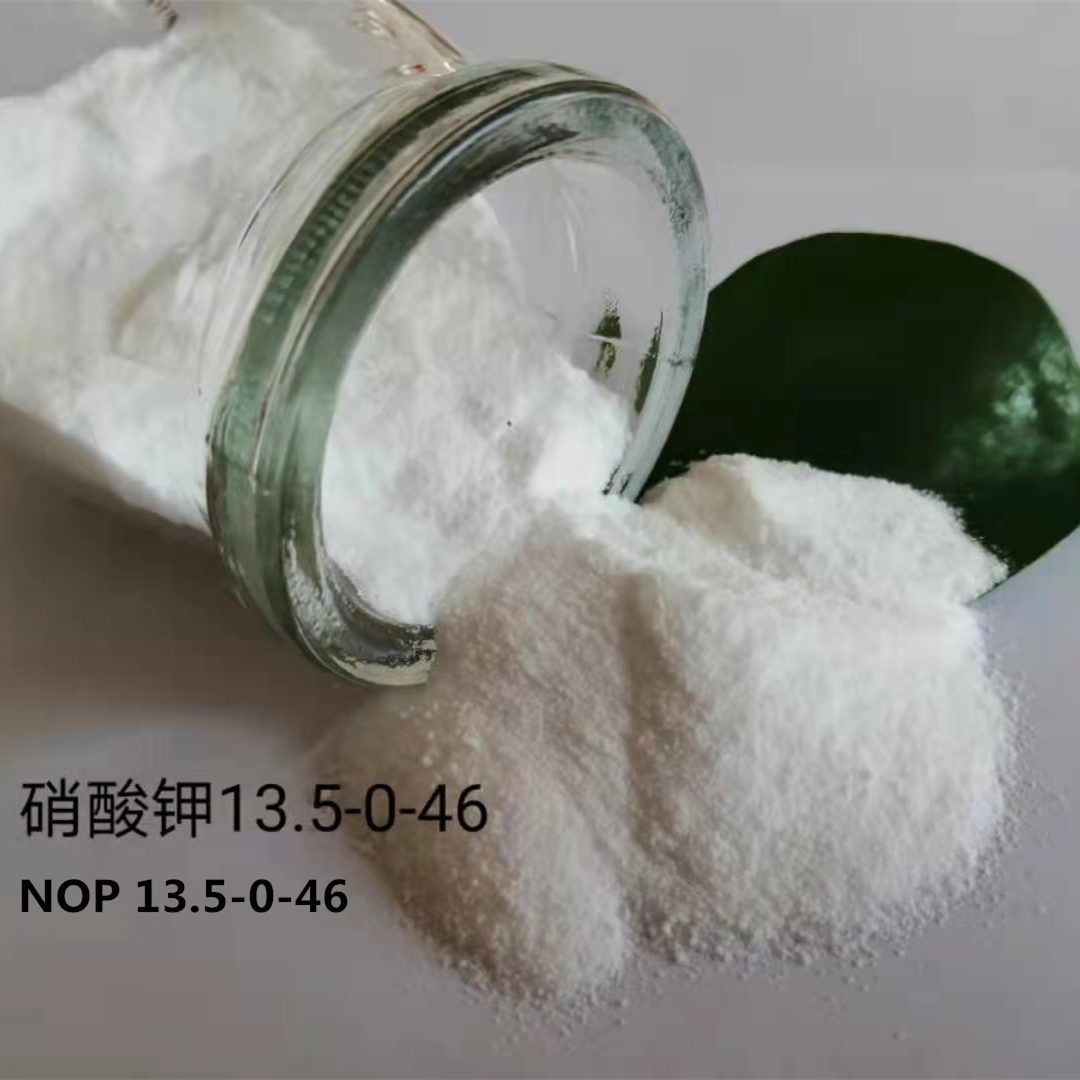
8 сар . 21, 2024 21:11 Back to list
Top Manufacturers of 46-0-0 Urea Fertilizer for Agricultural Use
The Importance of 46-0-0 Urea Fertilizer and Leading Manufacturers
Urea fertilizer, particularly in its purest form as 46-0-0, has established itself as a staple in modern agriculture. This nitrogen-rich fertilizer contains a staggering 46% nitrogen content, making it incredibly effective for promoting vegetative growth in a variety of crops. In this article, we will delve into the significance of 46-0-0 urea fertilizer, its applications, and prominent manufacturers in the market.
What is 46-0-0 Urea Fertilizer?
46-0-0 urea fertilizer, also known simply as urea, is a nitrogen-based fertilizer that appears as a white crystalline solid. It is highly soluble in water, which makes it easy to apply, either through broadcasting, side-dressing, or as part of a fertigation system. Nitrogen is a vital nutrient that supports plant growth by aiding in the synthesis of amino acids, proteins, and chlorophyll, thus enhancing photosynthesis and overall productivity.
Benefits of 46-0-0 Urea Fertilizer
The primary advantage of using 46-0-0 urea fertilizer is its high nitrogen concentration. This allows farmers to use smaller quantities compared to other nitrogen sources, helping to reduce transportation and application costs. Additionally, urea is economically favorable due to its widespread availability and competitive pricing.
Urea is versatile and can be used for a variety of crops, including cereals, vegetables, and fruit-bearing trees. Its quick-release nature means that it becomes available to plants relatively fast, allowing for rapid growth responses. Furthermore, when coordinated correctly with soil moisture and temperature, urea can significantly enhance crop yields.
Environmental Considerations
While 46-0-0 urea is an effective fertilizer, it is essential to apply it responsibly to mitigate environmental concerns. Excessive use can lead to nitrogen leaching into water bodies, causing problems such as eutrophication. Therefore, farmers are encouraged to adopt best practices in fertilizer application, including soil testing, proper timing, and the use of inhibitors that minimize nitrogen loss.
46-0-0 urea fertilizer manufacturers

Leading Manufacturers
The global market for urea fertilizer is dominated by several key manufacturers who produce high-quality products. Some of the leading companies include
1. Yara International A Norwegian company recognized as one of the largest fertilizer manufacturers worldwide. Yara focuses on sustainable agriculture and offers various nitrogen products, including urea, tailored for different environmental conditions.
2. Nutrien As one of North America's largest agricultural input companies, Nutrien provides a wide range of fertilizers, including urea. The company emphasizes innovation in crop nutrition and sustainability.
3. CF Industries A major player in the nitrogen fertilizer industry, CF Industries manufactures urea and ammonium products. They are known for their state-of-the-art production facilities and commitment to environmental stewardship.
4. OCI Nitrogen Based in the Netherlands, OCI is a prominent manufacturer of nitrogen fertilizers, including urea. They focus on producing high-quality fertilizers while ensuring minimal environmental impact.
5. EuroChem Group As a leading producer of nitrogen, phosphate, and potash fertilizers, EuroChem has a significant presence in the global market. Their urea products are known for their quality and reliability.
Conclusion
The role of 46-0-0 urea fertilizer in modern agriculture cannot be overstated. Its high nitrogen content and versatility make it an indispensable tool for farmers worldwide. However, with great power comes great responsibility; proper application and environmental awareness are crucial to maximizing its benefits while minimizing potential adverse effects. As agricultural practices continue to evolve, manufacturers must strive to innovate and supply sustainable solutions for the future of farming.
-
Premium Organic Manure Compost for Eco Gardens
NewsAug.01,2025
-
Organic 10-10-10 Fertilizer | Balanced Plant Nutrients
NewsJul.31,2025
-
Premium Amino Acid Fertilizer | Rapid Plant Growth Booster
NewsJul.31,2025
-
10 10 10 Fertilizer Organic—Balanced NPK for All Plants
NewsJul.30,2025
-
Premium 10 10 10 Fertilizer Organic for Balanced Plant Growth
NewsJul.29,2025
-
Premium 10 10 10 Fertilizer Organic for Balanced Plant Growth
NewsJul.29,2025
